
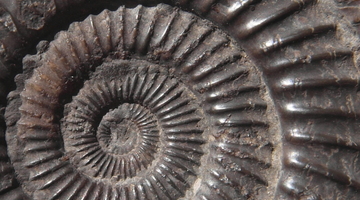
“How old is it?” is one of the first questions you’ll probably ask when you see an interesting rock or fossil. It’s certainly one of the first things that a geologist wants to know. As you’ll ...
READ MORE
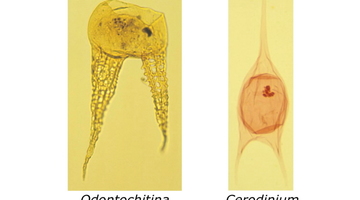
Dinosaurs used to live in New Zealand. We know this because their fossils have been found in a few places. The fossils of a number of different dinosaurs were found at the Mangahouanga Stream, in ...
READ MORE
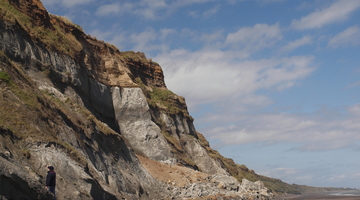
The study of fossils, combined with accurate dating, gives us a detailed picture of climate and environment changes in New Zealand over the last few million years. Rights: The University of ...
READ MORE
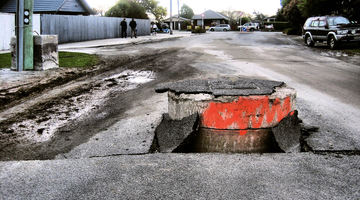
The series of activities described below was designed to help students develop an understanding about earthquakes in New Zealand, including why we get them and how we measure them. The world of ...
READ MORE

Challenge students to take on a variety of scientific roles to help solve the planet’s environmental and energy issues with Magma Drillers Save Planet Earth. The game is built around students ...
READ MORE

Magma Pop is a virtual game that helps students learn about Earth’s most common minerals and the processes that happen in a magma chamber. The science behind the game is loosely based on Bowen’s ...
READ MORE
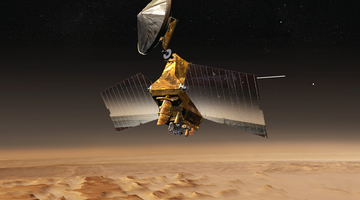
The Planet Four online citizen science project is designed to assist planetary scientists to identify and measure features on the surface of Mars that don’t exist on Earth. Help is needed to ...
READ MORE
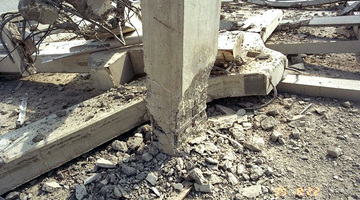
About 14,000 earthquakes are recorded in and around Aotearoa New Zealand every year. Canterbury’s 7.1 and Kaikōura's 7.8 magnitude earthquakes and subsequent aftershocks show the constant threat ...
READ MORE
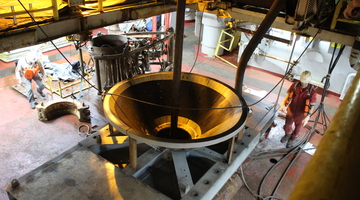
In this recorded professional learning session, Lyn Rogers and guest Aliki Weststrate from GNS Science explore some of the science involved in building our understandings of natural hazards ...
READ MORE

Why is the sky blue? Why do stars twinkle? Why did the apple fall to the ground? What happens if I hit this rock with another rock? As humans, we’re curious, and throughout history, we’ve ...
READ MORE
Joan Wiffen and colleagues were famous for finding fossils at Mangahouanga Stream, in north-west Hawke’s Bay. Dr James Crampton, paleontologist at GNS Science, outlines some of the marine ...
READ MORE
Dr James Crampton, paleontologist at GNS Science, explains how relative dating was used to determine that dinosaur and other fossils found in north-west Hawke’s Bay were from the Cretaceous ...
READ MORE
Watch this animated video and find out more on how sedimentary rock near Whanganui records 50 cycles of sea level change, each lasting up to 100,000 years. Rocks were formed during warm ...
READ MORE

Lime, produced by calcining limestone, plays a key role in a multitude of industrial, manufacturing and agricultural processes. This interactive outlines the process steps taken at the McDonald’s ...
READ MORE
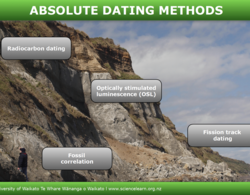
Absolute dating methods give rocks an actual date or date range in numbers of years. This interactive explores four different methods used in absolute dating.
READ MORE

In this interactive follow a core sample as it makes its journey from the Alpine Fault to microscopic examination. Click on the labels for more information. Select here to view the full ...
READ MORE